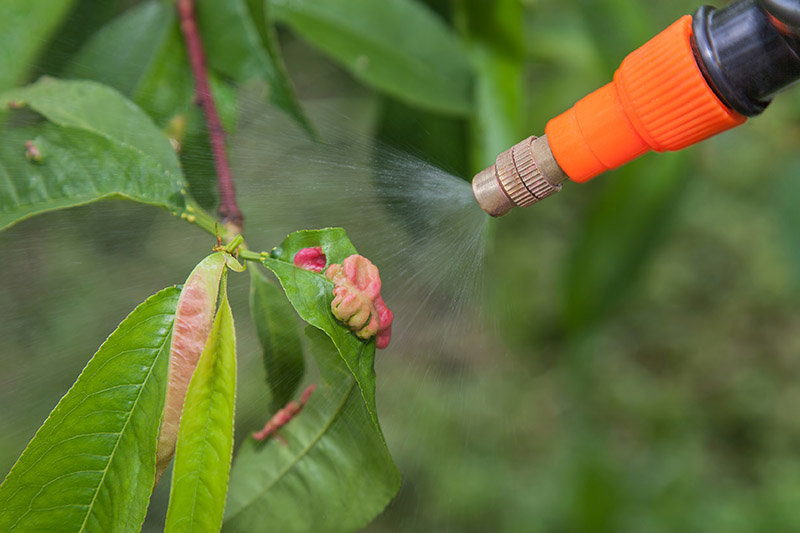Jurassic fungi to beat Coffee Wilt?
Of all the problems facing the world right now, perhaps the reanimation of a coffee plant killing fungus from the Jurassic era when dinosaurs roamed the earth is a low priority. But, scientists have done exactly that recently by taking the fungus which was preserved perfectly within a glob of amber, extracting its DNA and then resequencing it into a living plant in our era.
If you haven’t seen the film Jurassic Park, this didn’t exactly end well for the scientists in the film, but I am sure that laboratories worldwide will be able to contain a single fungus capable of killing off all coffee plants, right?
The research has been undertaken by researchers at Imperial College London who were investigating Coffee Wilt Disease that first appeared in the 1920s in Central Africa, one of the world’s most densely populated growing areas for coffee beans. Coffee Wilt Disease can attack both Arabica and Robusta varieties and can leave a crop devastated. There have been two epidemics of Coffee Wilt in the 1920s-1950s and again in 1990s-2000s. Through extensive use of herbicides and other measures farmers have mostly managed to contain the disease to some isolated areas in Eastern and Central Africa.

So, why are scientists messing about with the DNA of this disease you may ask. They want to uncover what makes it so dangerous and to determine ways of beating it in the future should it change and adapt, just like the COVID-19 pandemic has seen a variety of variants emerge around the world. The scientists are trying to better understand Coffee Wilt by trying to beat it in the lab and to determine which varieties of coffee are better able to withstand it, should it attack the coffee bean plants. So far they have determined that the disease is highly similar to several other fungus that affects over 120 different crops including bananas.
Everyone agrees that using ever higher volumes of chemicals and fungicides is damaging to our environment and their cost is becoming prohibitive for farmers worldwide and particularly in the Third World, where most of the world’s coffee is grown.